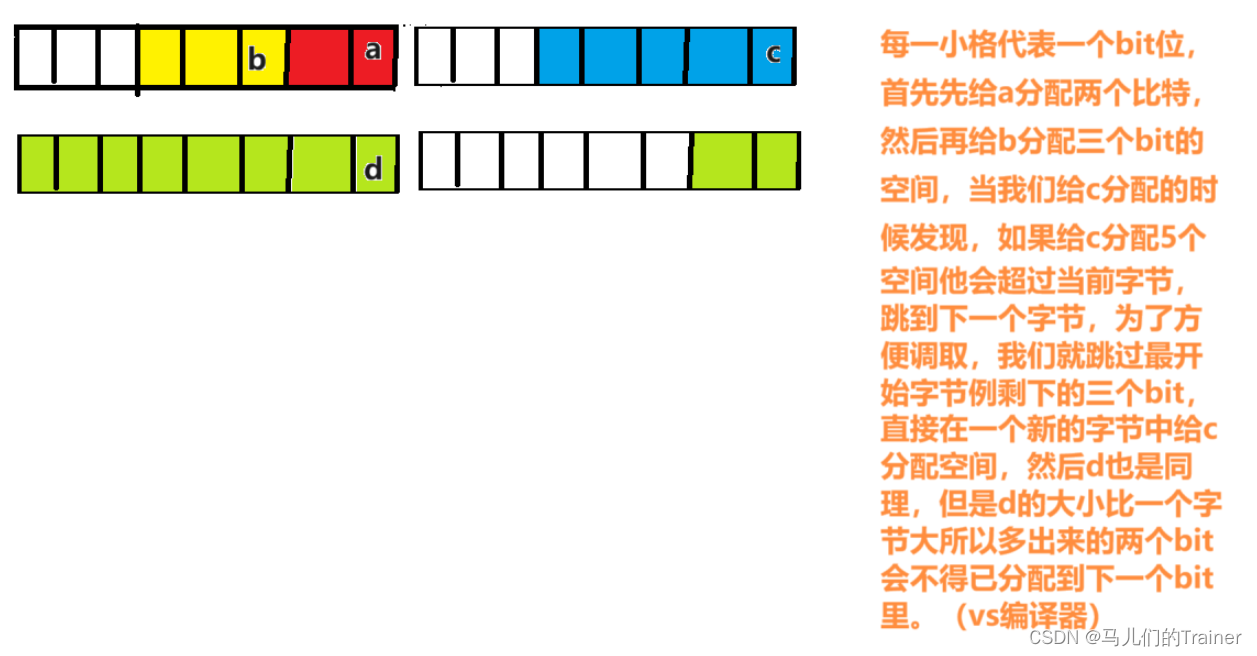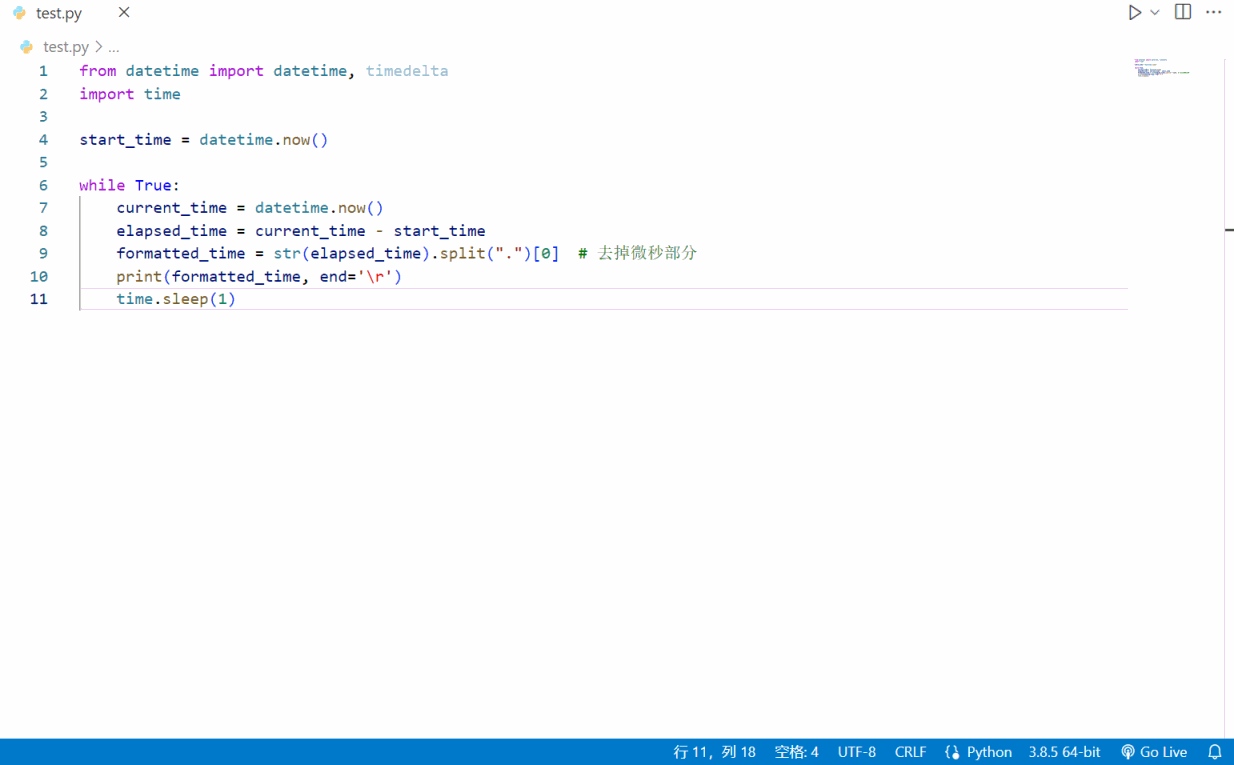输入:单通道的灰度图,灰度图内含掩膜mask
目标:把灰度图中的语义mask转换为COCO数据集格式的json文件
输出:COCO数据集格式的json文件
期间遇到的问题:
发现有的掩膜内部存在其他类别的掩膜,即mask内部还套了mask,这种情况的mask怎么只用一个数组来表示?
以下是查找的可用代码:
python">from PIL import Image
import numpy as np
from skimage import measure
from shapely.geometry import Polygon, MultiPolygon
import json
import os
from tqdm import tqdm
def create_sub_masks(mask_image):
width, height = mask_image.size
# Initialize a dictionary of sub-masks indexed by RGB colors
sub_masks = {}
for x in range(width):
for y in range(height):
# Get the RGB values of the pixel
pixel = mask_image.getpixel((x, y))[:3]
# If the pixel is not black...
if pixel != (0, 0, 0):
# Check to see if we've created a sub-mask...
pixel_str = str(pixel)
sub_mask = sub_masks.get(pixel_str)
if sub_mask is None:
# Create a sub-mask (one bit per pixel) and add to the dictionary
# Note: we add 1 pixel of padding in each direction
# because the contours module doesn't handle cases
# where pixels bleed to the edge of the image
sub_masks[pixel_str] = Image.new('1', (width+2, height+2))
# Set the pixel value to 1 (default is 0), accounting for padding
sub_masks[pixel_str].putpixel((x+1, y+1), 1)
return sub_masks
def create_sub_mask_annotation(sub_mask, image_id, category_id, annotation_id, is_crowd):
# Find contours (boundary lines) around each sub-mask
# Note: there could be multiple contours if the object
# is partially occluded. (E.g. an elephant behind a tree)
contours = measure.find_contours(np.array(sub_mask), 0.5, positive_orientation='low')
segmentations = []
polygons = []
for contour in contours:
# Flip from (row, col) representation to (x, y)
# and subtract the padding pixel
# import ipdb;ipdb.set_trace()
for i in range(len(contour)):
row, col = contour[i]
contour[i] = (col - 1, row - 1)
# Make a polygon and simplify it
poly = Polygon(contour)
poly = poly.simplify(1.0, preserve_topology=False)
polygons.append(poly)
segmentation = np.array(poly.exterior.coords)
segmentation = np.maximum(segmentation, 0).ravel().tolist()
# import ipdb;ipdb.set_trace()
# print(segmentation)
#if segmentation == []:
# continue
segmentations.append(segmentation)
# Combine the polygons to calculate the bounding box and area
multi_poly = MultiPolygon(polygons)
if multi_poly.bounds == ():
return "skip"
x, y, max_x, max_y = multi_poly.bounds
# x = max(0, x)
# y = max(0, y)
width = max_x - x
height = max_y - y
bbox = (x, y, width, height)
area = multi_poly.area
annotation = {
'segmentation': segmentations,
'iscrowd': is_crowd,
'image_id': image_id,
'category_id': category_id,
'id': annotation_id,
'bbox': bbox,
'area': area
}
return annotation
def get_name(root, mode_folder=True):
for root, dirs, file in os.walk(root):
if mode_folder:
return sorted(dirs)
else:
return sorted(file)
def get_annotation(mask_image_root):
dataset = {"info": {"year": 2023, "version": "2023", "description": "", "url": "",
},
"license": {},
"images": [],
"annotations": [],
"categories": []}
class_index = {0: "background",1:'cate1',2:'cate2'}
for s, k in enumerate(list(class_index.keys())):
dataset["categories"].append({"id": k, "name": class_index[k], "supercategory": "xxx"})
is_crowd = 0
# These ids will be automatically increased as we go
annotation_id = 0
image_id = 0
# Create the annotations
rrr = maskdir
for i, root in tqdm(enumerate(mask_image_root)):
print(i)
mask_image = Image.open(rrr + root).convert('RGB')
print(root)
weight, height = mask_image.size
# file_name = "rgb_" + root.split("/")[-1].split("_")[-1]
file_name = mask_image_root[i]
print(file_name)
dataset["images"].append({
"file_name": file_name,
"id": i,
"width": weight,
"height": height})
# import ipdb;ipdb.set_trace()
sub_masks = create_sub_masks(mask_image)
# import ipdb;ipdb.set_trace()
for color, sub_mask in sub_masks.items():
category_id = 1
annotation = create_sub_mask_annotation(sub_mask, image_id, category_id, annotation_id, is_crowd)
if annotation == "skip":
continue
dataset["annotations"].append(annotation)
annotation_id += 1
image_id += 1
with open("trainmask.json", "w") as f:
json.dump(dataset, f)
# rrr = "./InstanceSegmentation/"
# all_root = get_name(rrr, mode_folder=False)
# get_annotation(all_root)
if __name__=='__main__':
maskdir = './mask/trainmask/'
maskimglist = os.listdir(maskdir)
get_annotation(maskimglist)
问题:
上述代码仍然存在不足,有的mask太小segmentation输出是 [],这需要检查一下,我在里面输出的位置判断是空就不保存可以避免这种问题,但是bbox等信息有的会出现Nah的情况,需要自己判断处理。
整体上来说,这个代码还是挺好用的。
还有一点,有些内部mask比较极端的情况,代码执行容易出错,建议把问题图像删除,或者自己查找问题修改代码。




